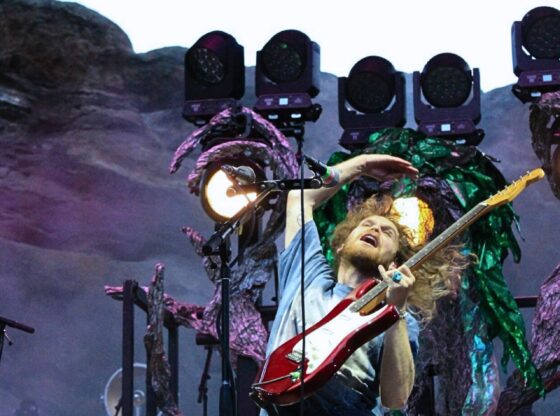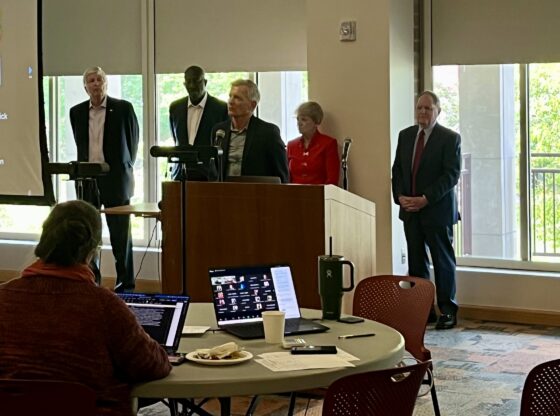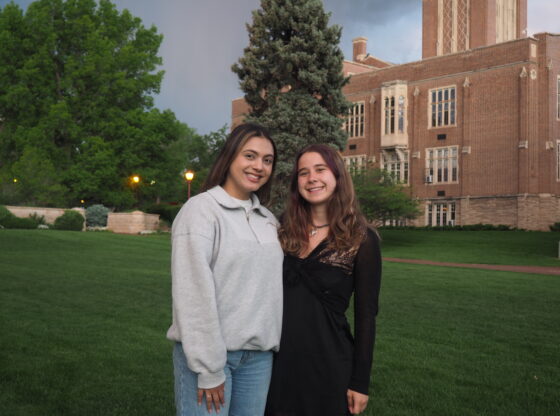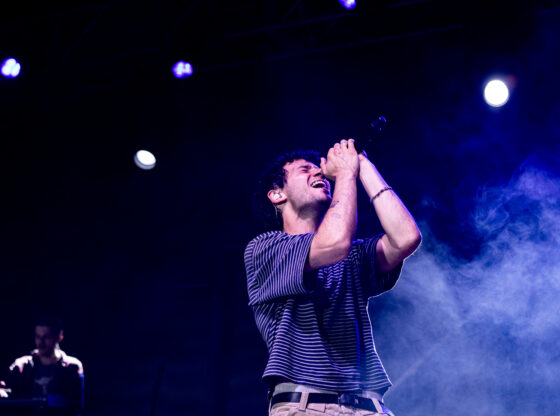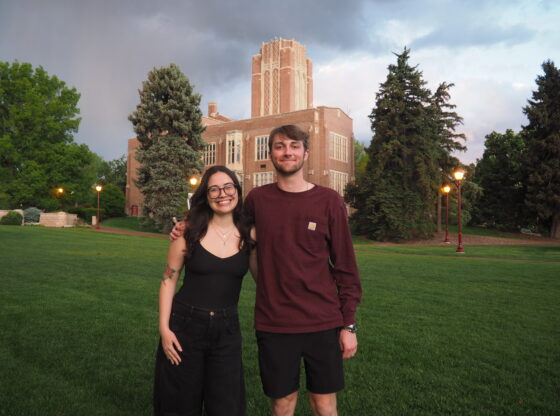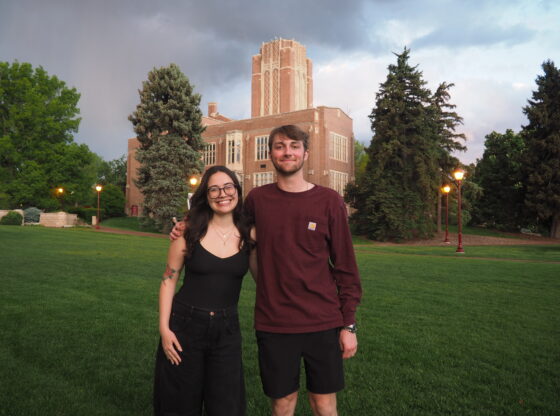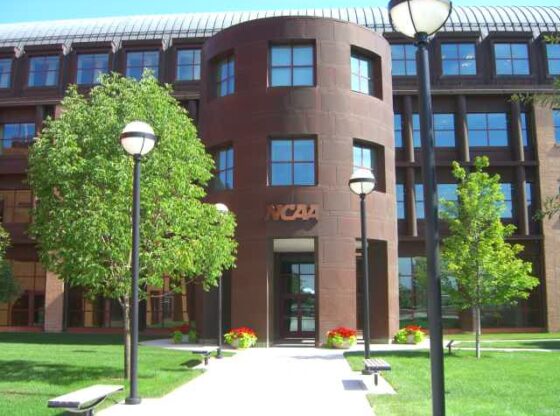Photographer and human rights activist Jonathan Moller shared his experiences and photographs in a presentation sponsored by the Center On Rights Development last week.
Moller spent six years in Guatemala uncovering this tragedy.
Moller explained his experience and offered ways for ordinary people to get involved to help Guatemala.
Moller’s photographs show the double-sided nature of Guatemala.
The beautiful green mossy hills and mist are in sharp contrast to the dead bodies on the ground Guatemala’s serene landscape can change into a world of heartbreak in an instant.
About 65 percent of people in Guatemala are of indigenous decent, and these people were under attack during Guatemala’s civil war.
They were forced to leave their homes and hide in fear of being captured by the military.
One million people were displaced because of this fear. That was one tenth of Guatemala’s overall population. Many fled to Mexico, while others lived like nomads in the mountains.
These displaced people formed groups called Communities of People in Resistance (CPR) Removed from their homes and often grieving over loved ones lost, they still had the strength to organize security, education and health groups.
Many years after being in hiding, these displaced individuals were able to return to their villages, often with memories of the past.
One man told of his community that heard the army massacre people in a village next to their own.
They took their children and fled as fast as they could, only to run into an army patrol on the way. Thirty-two people from this community were tortured and killed.
The rest of the community had no choice but to move on, and hide in the mountains. They remained in hiding for 14 years, still filled with grief from the past when they returned to their homes.
In an effort to heal this grief many individuals are trying to exhume their dead family members. They are not only doing this to heal, but also to uncover the truth. They want to see how these people died, in hopes for a better future.
Unfortunately, as Moller said, peace in Guatemala is distant. Several efforts were made to stop the atrocities, such as the peace accords of 1996.
But these efforts failed, and today Guatemala is at a low.
Rios Montt, a leader who contributed to the terrors of the civil war, is running for president of Guatemala. Public lynching is a common occurrence. Human rights standards are not abided by.
Moller put together this presentation to raise awareness about Guatemala and to motivate people to do something about human rights violations that go on in the country every day.
He suggested ways that DU students can learn about and help Guatemala. He recommended the Amnesty International Web site, specifically its appeal for action as a way to get involved.
He also mentioned the Guatemalan Human Rights Commission and the Denver Justice and Peace Committee as resources to get involved.



